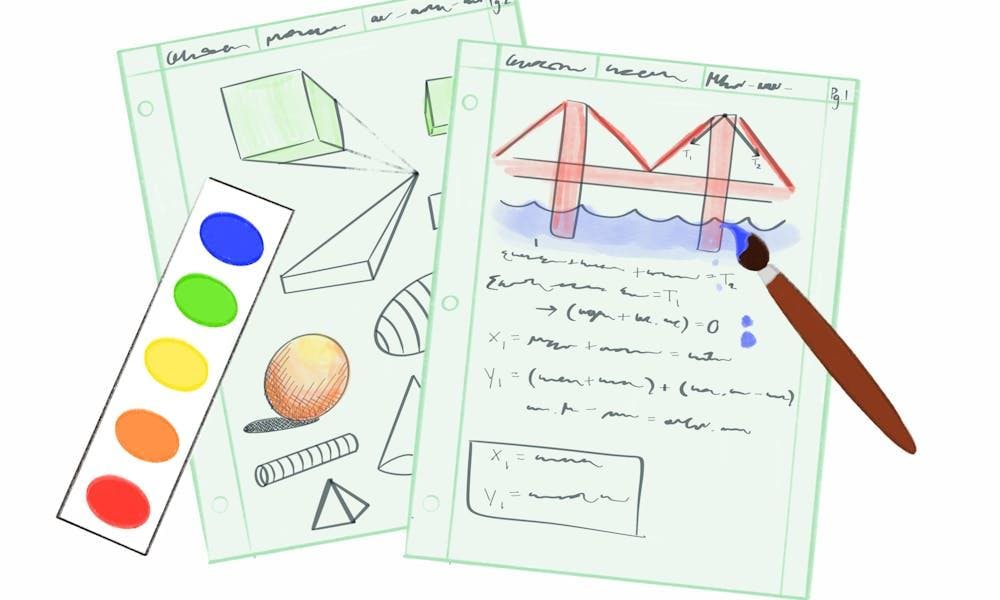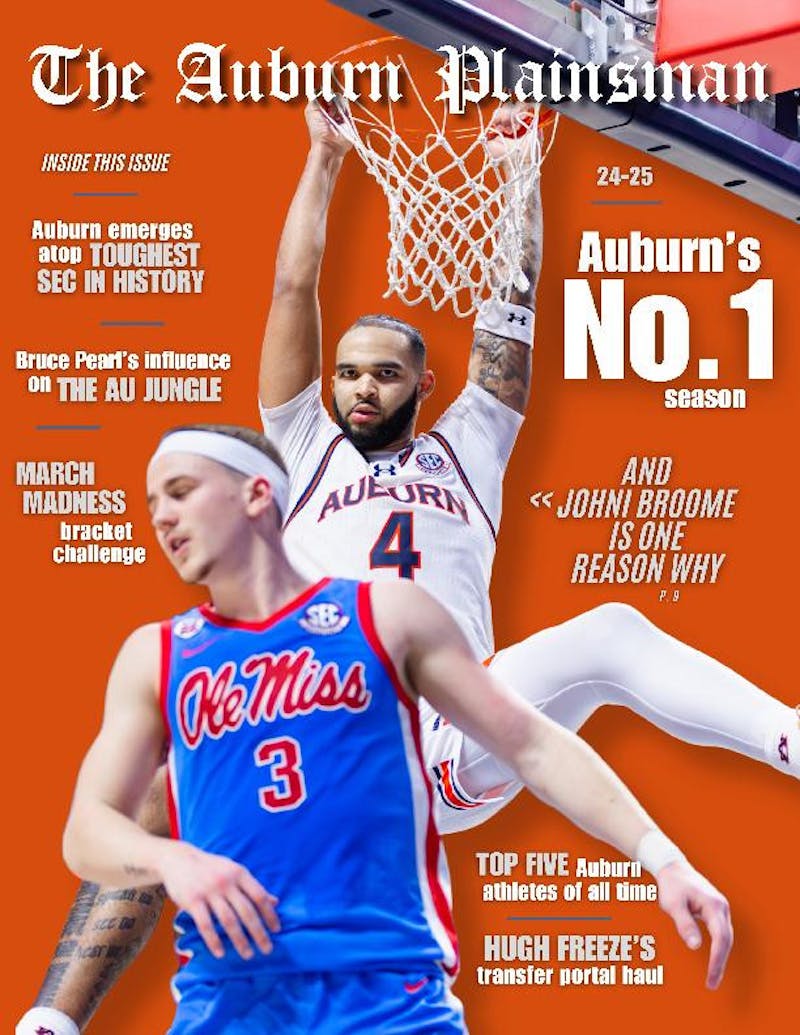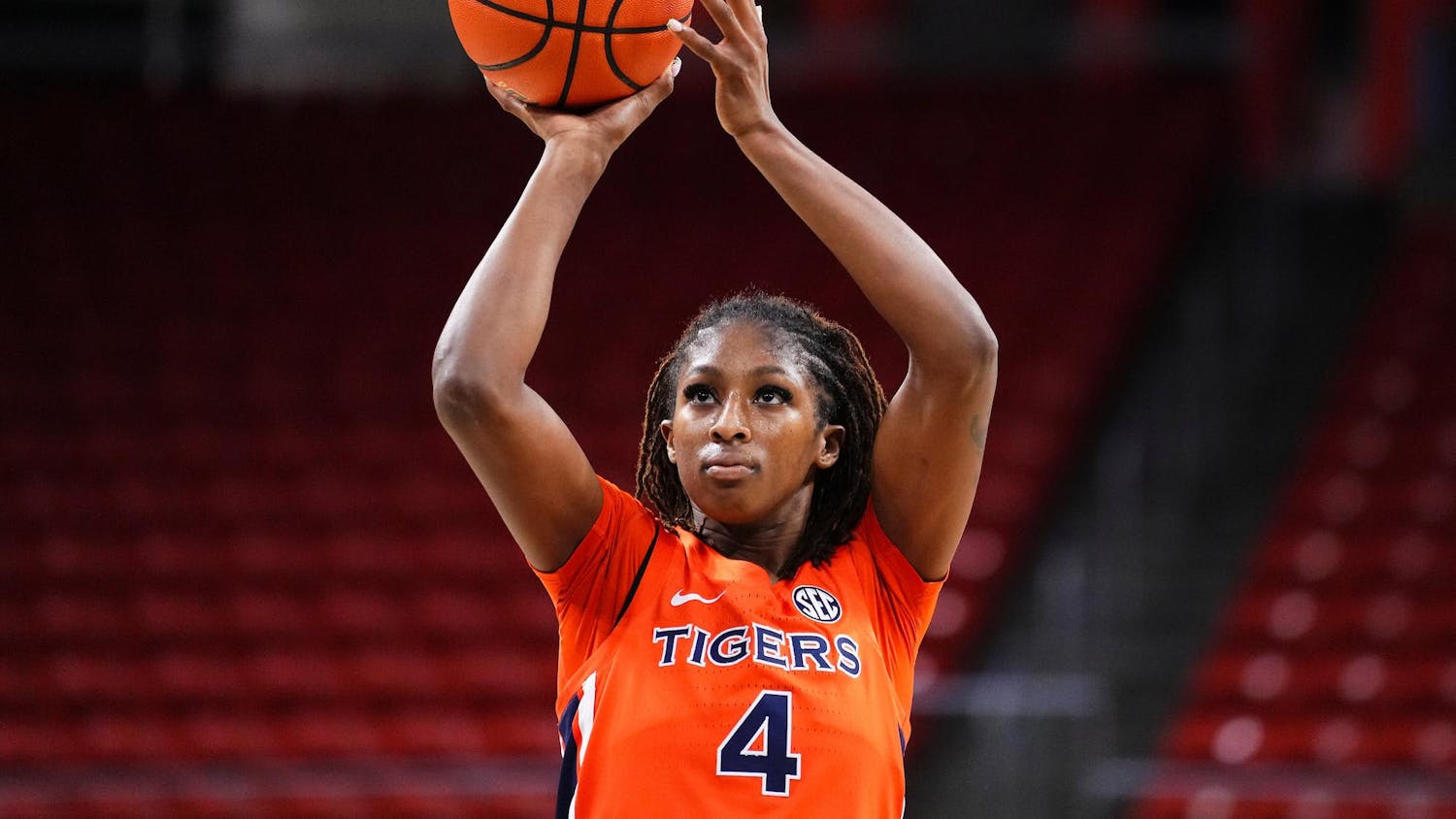In a STEM major's mind, it may seem unnoticeable that you aren’t well versed in the arts. By the arts, I mean writing well, speaking well and having knowledge of relevant literature and visual arts. But to an outside observer taught in the classical style of education – grammar, logic, rhetoric – it feels necessary to speak on the gaping hole of intellect and respect that STEM students have for the arts. Not only do I argue that it is noticeable, but it is extremely problematic.
One of the telltale signs of a STEM major (besides perhaps intelligent conversation without socially acceptable eye contract) is the seeming inability to recognize utility in anything outside of science or math.
I vividly remember having a conversation with an engineering major who dreamingly pictured herself in another life as an English major, in a world where that was “realistic”. This is a quality I see in many STEM majors — maybe not a disinterest in certain arts as an extracurricular but a belief that it isn’t a worthy, realistic or necessary subject.
As I wrote this article, my mind kept returning to the infamous tale of Dr. Frankenstein and his monster. Dr. Frankenstein cuts himself off from all other realms of human study and interaction to develop a living creature from dead human parts — something which had never been done. The problem is that once alive, the monster develops consciousness and lives in agony, while his creator refuses to help him find a place in the world. The tale sounds eerily familiar to some present STEM endeavors.
The focus of STEM is, arguably, potential: for innovation, for success, for stability. But striving for these things isn't a new pursuit; it has existed throughout history, before modern technology and science developed. Throughout this constant struggle to improve, the arts emerged as the most honest and consistent means by which people documented these experiences. So it foolish to strive for innovation, improvement and success without studying them through the enduring lens of art. It would be like neglecting to read the diary of humanity recounting its most profound regrets, then proceeding to replicate those failures yourself and claim it wasn't in your power to know the consequences.
Everyone always says it is wiser to learn from others' mistakes than to learn the lesson firsthand. Put simply, art is the best way to learn about human mistakes. It teaches you how to respond intelligently to tragedy and success as a human race. This is why art is so necessary to making informed and intelligent decisions in the STEM field: because it forces you to reflect on how humanity interacts with reality — a reality that is now widely shaped by the application of STEM.
For any aspiring innovators, I recommend this book and infinitely more. Its impact is enduring, and it asks necessary questions. When you innovate, do you realize the effect? Are you hurting certain people? If you are, how can you fix it? If you fail to answer these questions in your future STEM endeavours, you are proving your own weakest link: false confidence, egocentricity and willful ignorance of the human experience. Ironically, these failures will most likely be depicted in the art of the future, in the hopes that the cycle will be broken, and a mind will be enlightened.
So if anyone should be well-versed in the study of the arts, it should be you, the STEM students of Auburn. Because if, and when, Dr. Frankenstein's monsters of the modern world come to be, it will be a product of STEM innovation and the consequences of ignorant isolation.
Do you like this story? The Plainsman doesn't accept money from tuition or student fees, and we don't charge a subscription fee. But you can donate to support The Plainsman.





